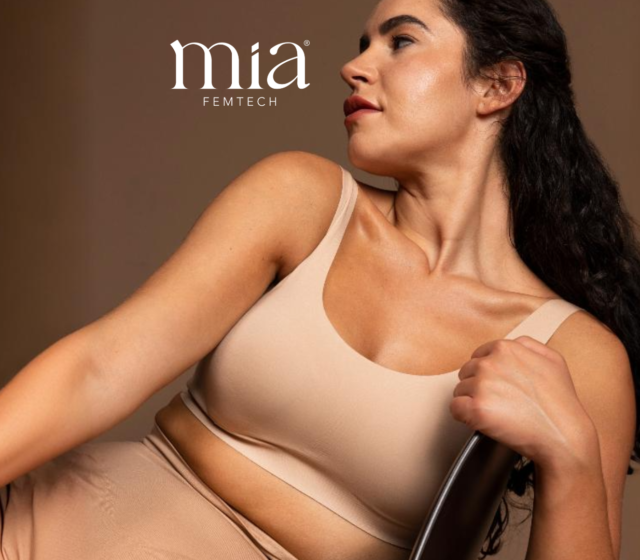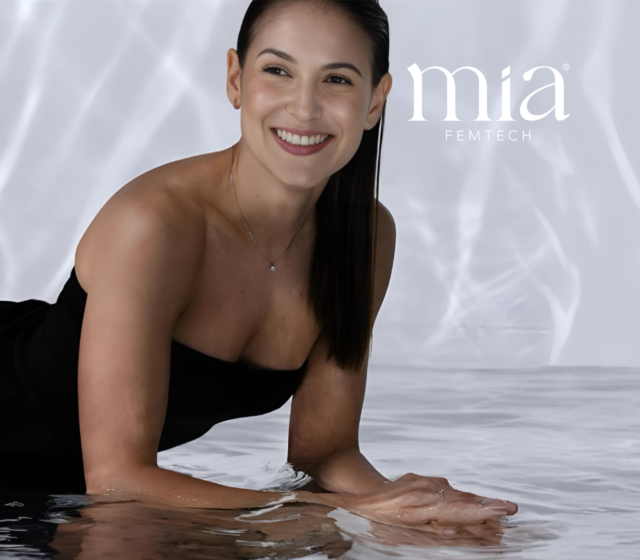24 Apr 2023
How to choose the best-fit breast implant size?
News

Choosing an appropriate breast implant size is a crucial decision for women who are seeking breast augmentation surgery.
A commonly misconceived idea regarding implant size is that patients or doctors choose the implant size based on preference. It is important to understand that the anatomy of the patient is the primary factor that dictates the size of the implant. And often, it’s the case that the breast anatomy will dictate the size of the implant.
Therefore, it’s important to consider consulting your plastic surgeon to recommend you the correct size of breast implant.
Here are some factors that highly professional plastic surgeons like Dr Rory consider to choose the correct size breast implant.
Factors surgeons consider for suggesting the correct size breast implant
When choosing the correct implant size, it is important to communicate your expectations to your surgeon to give you the most suitable breast implant sizing. Based on expectations and your anatomy, here are some important factors that surgeons consider before suggesting you a breast implant.
- Body shape, size and width: The body shape and size of the person play a significant role in determining the right size of breast implants. Women with smaller frames may not be able to carry large breast implants, while women with larger frames may require larger implants to achieve their desired look.
The base width of your existing breast is one of the most critical measurements of consideration. The base width of your existing breast should be considered when choosing the base width of your implant, which in turn determines the volume of the implant. It’s important to note that the voluminous size of the implant in cubic centimetres is the product of the base of the breast implant and the projection. The projection of an implant is the degree to which an implant projects away from the chest.
- Skin elasticity: The skin’s elasticity is another important factor to consider when choosing the size of breast implants. Skin elasticity is also known as the capacity or compliance of the breast, and each breast has a certain amount of limit to the volume that can be added to it. Women with less elastic skin may not be able to support larger implants, and smaller implants may be a better fit for them.
- Activity level: The activity level of the individual should be taken into account while selecting the size of breast implants. Women who lead an active lifestyle may prefer smaller implants that do not interfere with their activities or cause discomfort.
- Personal preferences: The individual’s personal preferences should be considered when choosing the size of breast implants. It is important to understand a person’s breast size, desires, lifestyle, and overall goals from breast augmentation.
- Future considerations: Future considerations such as pregnancy, breastfeeding, and weight gain/loss should be considered while choosing the size of breast implants. Women who plan to have children may prefer smaller implants that do not interfere with breastfeeding, while those who plan to lose weight may want to avoid larger implants that could cause sagging.
Note: The surgeon’s recommendations should be considered when choosing breast implant size. They have the expertise to assess the patient’s physical attributes and advise on the best-fit size to complement their body type. Understanding that each patient is different and not to compare yourself with other individuals, especially on other social media, is very important.
Understanding of breast implant sizes
Breast implants come in different base widths and profiles. The size of a breast implant is typically measured in volume, in cubic centimetres (cc’s) or millilitres (ml) or grams (gm).
Understanding breast implant sizes is essential when considering breast augmentation surgery, as it helps individuals make informed decisions about their desired outcomes.
Here is a sample size chart for breast implants, presented in a table format:
| Implant Size or volume (cc’s) | Implant Profiles (the degree to which the implants stick out) | Features |
|---|---|---|
| 120-240 | Low |
|
| 300- 420 | Moderate |
|
| 480-540 | High |
|
| 600-800 | Extra-High |
|
This is a general referential size chart. However, the size chart may differ according to individual plastic surgeons, varying profiles, and different brands of breast implants.
On a note….Importance of clear communication
Clear communication with your surgeon is essential for several reasons. It’s very important that you explain your current cup size, which can be variable, and your desired cup size because that gives the doctor a fair idea of the expectations.
First, it helps the surgeon to understand your desired expectations.
Second, it allows the surgeon to provide you with the best possible advice and recommendations based on your individual situation.
Finally, clear communication helps you feel more comfortable and confident about the procedure.
Dr Rory McGoldrick is committed to a clear understanding of your expectations, and you can ask him questions you have in mind about the procedure, for example-
- How do you determine the best implant size according to the patient’s unique needs and preferences and discuss the differences between base width and projection on your particular anatomy?
- What are the potential risks and complications associated with breast augmentation surgery, and how are they addressed?
- What to expect during the recovery period, and what steps can I take to ensure a smooth and successful recovery?
- What is the cost of the procedure, and what is included in the total cost?
Asking these and other relevant questions can help you make informed decisions about your breast augmentation surgery and ensure a positive and successful outcome.
Clarify your doubts in one-on-one consultation with Dr Rory.



































































































